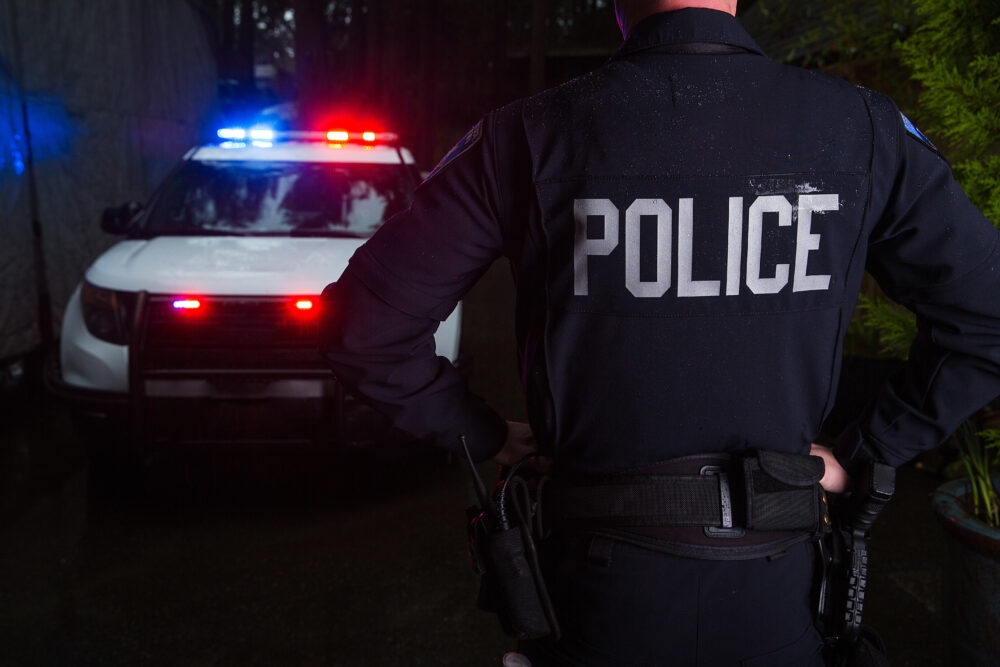Nationally, a number of law enforcement agencies say their employees have tested positive for the coronavirus.
The Blue Island (Illinois) mayor temporarily shut down the city’s police department on Sunday after an employee tested positive for COVID-19, reports ABC7 Chicago. Also on Sunday, Detroit police Chief James Craig announced that seven of his department’s officers have been diagnosed with the virus, while 233 are quarantined, reports Click on Detroit.
Earlier this month, a reserve police officer in San Jose tested positive for the coronavirus, which led to more than 20 reserve and full-time officers being quarantined, reports the Mercury News.
The Boston Police Department confirmed on Sunday that one of their officers has tested positive and is now in quarantine, reports Boston25News. BPD responded by thoroughly sanitizing the agency’s work area.
The Centers for Disease Control and Prevention (CDC) recommends law enforcement agencies and officers do the following to protect themselves from COVID-19 exposure:
- If possible, maintain a distance of at least 6 feet.
- Practice proper hand hygiene. Wash your hands with soap and water for at least 20 seconds. If soap and water are not readily available and illicit drugs are NOT suspected to be present, use an alcohol-based hand sanitizer with at least 60% alcohol.
- Do not touch your face with unwashed hands.
- Have a trained Emergency Medical Service/ Emergency Medical Technician (EMS/EMT) assess and transport anyone you think might have COVID-19 to a healthcare facility.
- Ensure only trained personnel wearing appropriate personal protective equipment (PPE) have contact with individuals who have or may have COVID-19.
- Learn your employer’s plan for exposure control and participate in all-hands training on the use of PPE for respiratory protection, if available.
Recommended Personal Protective Equipment (PPE):
Law enforcement who must make contact with individuals confirmed or suspected to have COVID-19 should follow CDC’s Interim Guidance for EMS. Different styles of PPE may be necessary to perform operational duties. These alternative styles (i.e. coveralls) must provide protection that is at least as great as that provided by the minimum amount of PPE recommended.
The minimum PPE recommended is:
- A single pair of disposable examination gloves,
- Disposable isolation gown or single-use/disposable coveralls*,
- Any NIOSH-approved particulate respirator (i.e., N-95 or higher-level respirator); Facemasks are an acceptable alternative until the supply chain is restored, and
- Eye protection (i.e., goggles or disposable face shield that fully covers the front and sides of the face)
*If unable to wear a disposable gown or coveralls because it limits access to duty belt and gear, ensure duty belt and gear are disinfected after contact with individual.
If close contact happens during an apprehension, the CDC recommends:
- Clean and disinfect duty belt and gear prior to reuse using a household cleaning spray or wipe, according to the product label.
- Follow standard operating procedures for the containment and disposal of used PPE.
- Follow standard operating procedures for containing and laundering clothes. Avoid shaking the clothes.







